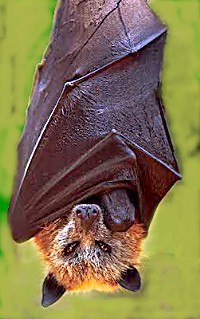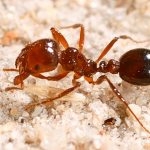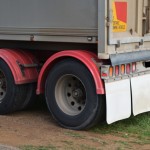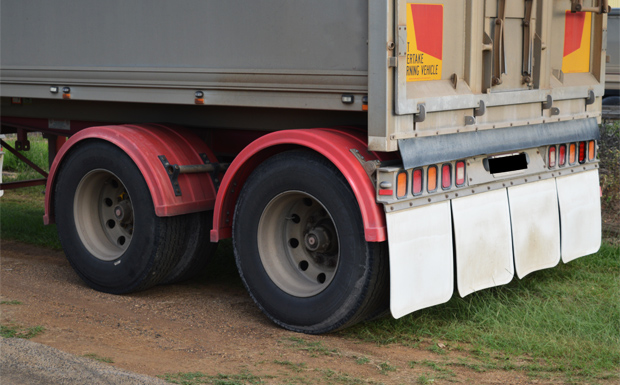
September 23, 2019
The drought has been blamed for a sharp rise in the number of people coming into contact with dead or dying bats.
There has been a 30 per cent rise in notifications to Queensland Health during the past 12 months of people who have been bitten or scratched by bats.
Health authorities warn scratches and bites could expose people to the deadly Australian Bat Lyssavirus (ABLV), a disease closely related to rabies.
Biosecurity Queensland principal veterinarian Janine Barrett said bats were starving due to the dry conditions in south-east Queensland.
This made the likelihood of contact with pets and people unusually high.
“This spring-summer I anticipate we will see a high number of people and pets being potentially exposed to ABLV. Both starvation and heat-stress in bats make contact with a distressed bat more likely,” Dr Barrett said.
“If you see a bat, dead or alive, on the ground, don’t touch it. Only rabies-vaccinated people who are experienced in handling bats and using appropriate personal protective equipment (eg. specialised gloves) should rescue or examine a bat.
“If a bat needs help, contact the RSPCA on 1300 ANIMAL (1300-264-625) or a local volunteer wildlife care organisation for help to safely collect a live bat.
“Contact your local veterinarian if you suspect that your pet might have been bitten or scratched by a bat.”
Queensland Health spokesperson Dr Heidi Carroll, the Medical Director of the Communicable Diseases Branch, said there were about 300 reported cases of potential exposure to ABLV in Queensland every year.
This was due mainly to untrained people handling bats.
“The message ‘don’t touch bats’ isn’t new advice, but it’s important advice that people should take seriously,” Dr Carroll said.
“When people try to move a bat that appears to be dead or injured, that’s when they are most likely to be scratched or bitten.
“Scratches, bites and bat saliva into the eyes, nose or mouth are very serious and require immediate medical assessment to prevent the potential development of ABLV infection.”
If you are bitten or scratched by a bat or exposed to bat saliva:
- Immediately wash the wound gently with soap and water for at least 5 minutes.
- If available, apply an antiseptic such as Betadine after washing.
- If bat saliva has got into your eyes, nose or mouth, flush the area thoroughly with water.
- Immediately contact a doctor to arrange vaccination.
- Contact the RSPCA hotline on 1300 ANIMAL (1300-264-625) or a wildlife carer to collect the bat for testing, if it is available.
“It’s important to note that there is no evidence that ABLV can be spread from bat and flying foxes faeces (droppings) or urine to humans,” Dr Carroll said.
“However, as with any contact with animal droppings or urine, people should practice good hygiene. Hands should always be washed with soap and water after contact with bat urine or droppings.”
* * *
Australian Bat Lyssavirus was first identified in 1996.
According to the State Government, it has been found in four types of flying foxes and fruit bats and one species of insect-eating microbat but it is assumed any bat in Australia could carry the virus.
While ABLV is more likely to be found in a sick or injured bat, bats that appear healthy may also be infectious.
Surveys of wild bat populations have indicated less than 1 per cent of bats carry ABLV; in sick and injured bats, about 7 per cent have been found to carry the virus.
Only three cases of human infection with Australian bat lyssavirus have been recorded in Australia however all three people died from the infection.
- External link: Australian Bat Lyssavirus























